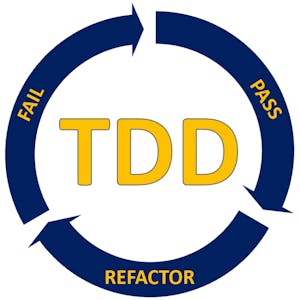Unsupervised Machine Learning
About this Course
This course introduces you to one of the main types of Machine Learning: Unsupervised Learning. You will learn how to find insights from data sets that do not have a target or labeled variable. You will learn several clustering and dimension reduction algorithms for unsupervised learning as well as how to select the algorithm that best suits your data. The hands-on section of this course focuses on using best practices for unsupervised learning. By the end of this course you should be able to: Explain the kinds of problems suitable for Unsupervised Learning approaches Explain the curse of dimensionality, and how it makes clustering difficult with many features Describe and use common clustering and dimensionality-reduction algorithms Try clustering points where appropriate, compare the performance of per-cluster models Understand metrics relevant for characterizing clusters Who should take this course? This course targets aspiring data scientists interested in acquiring hands-on experience with Unsupervised Machine Learning techniques in a business setting. What skills should you have? To make the most out of this course, you should have familiarity with programming on a Python development environment, as well as fundamental understanding of Data Cleaning, Exploratory Data Analysis, Calculus, Linear Algebra, Probability, and Statistics.Created by: IBM

Related Online Courses
To be a proficient developer you need to have a solid grasp of test writing before putting code into production. In this course, we will take a hands-on look at Test-Driven Development by writing... more
Spacecraft Dynamics and Control covers three core topic areas: the description of the motion and rates of motion of rigid bodies (Kinematics), developing the equations of motion that prediction the... more
The core of the first course is to learn how companies record total costs and calculate unit costs for their individual products or services. For example, how can a car manufacturer figure out the... more
This course aims to equip executives/ Leaders with the Skills, Tactics and Strategies that are necessary to develop and implement effective retention strategies within their organizations.... more
This specialization is designed for anyone interested in common psychological disorders that may affect themselves, their family, their community, or society. The disorders covered in this course... more








